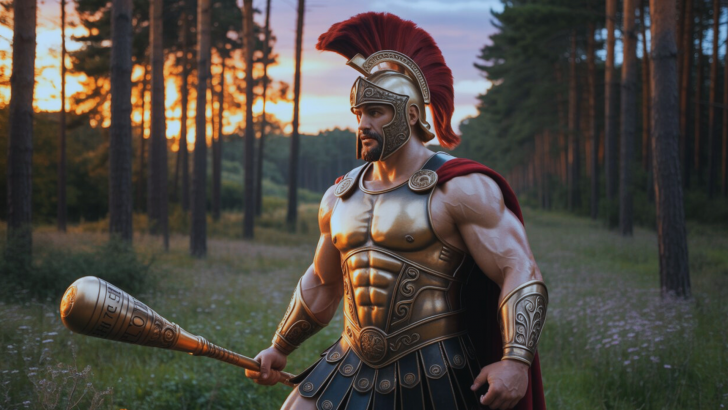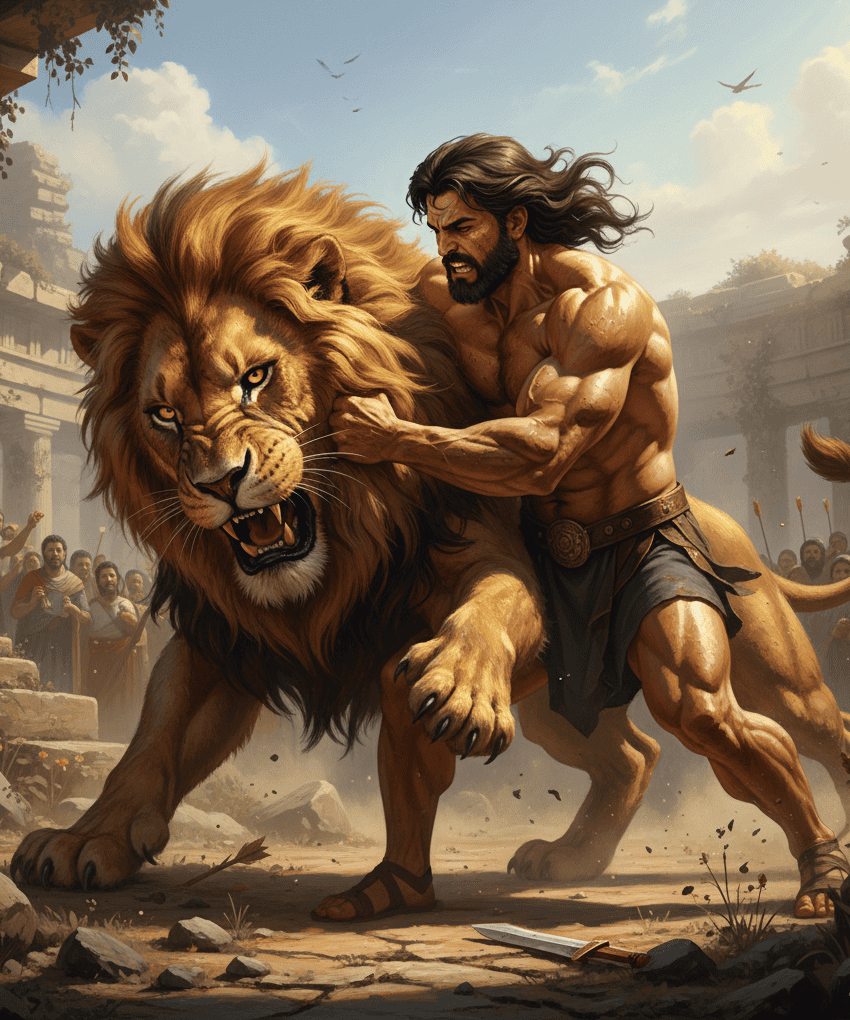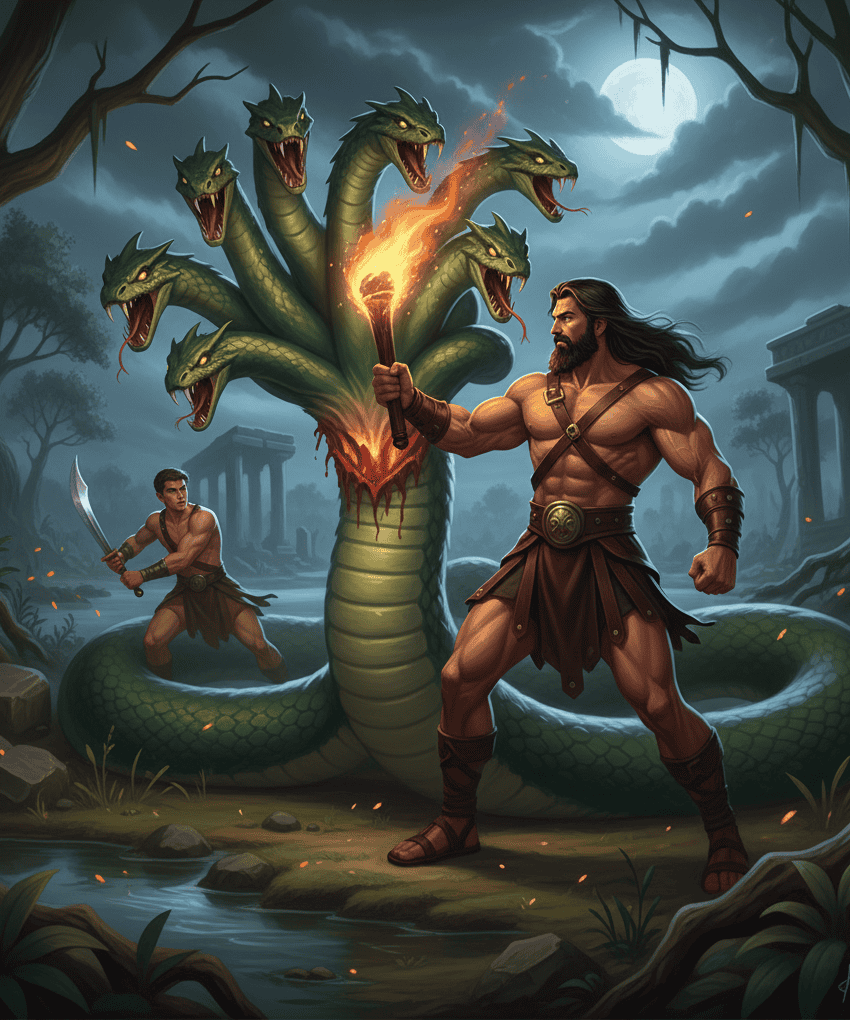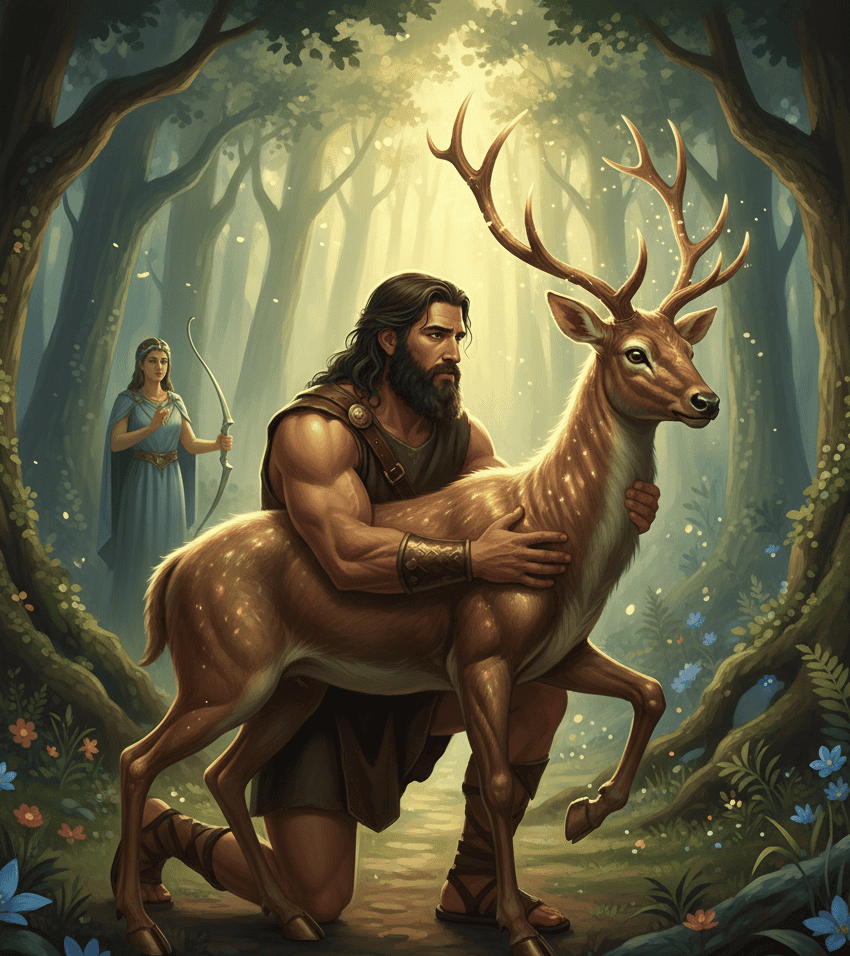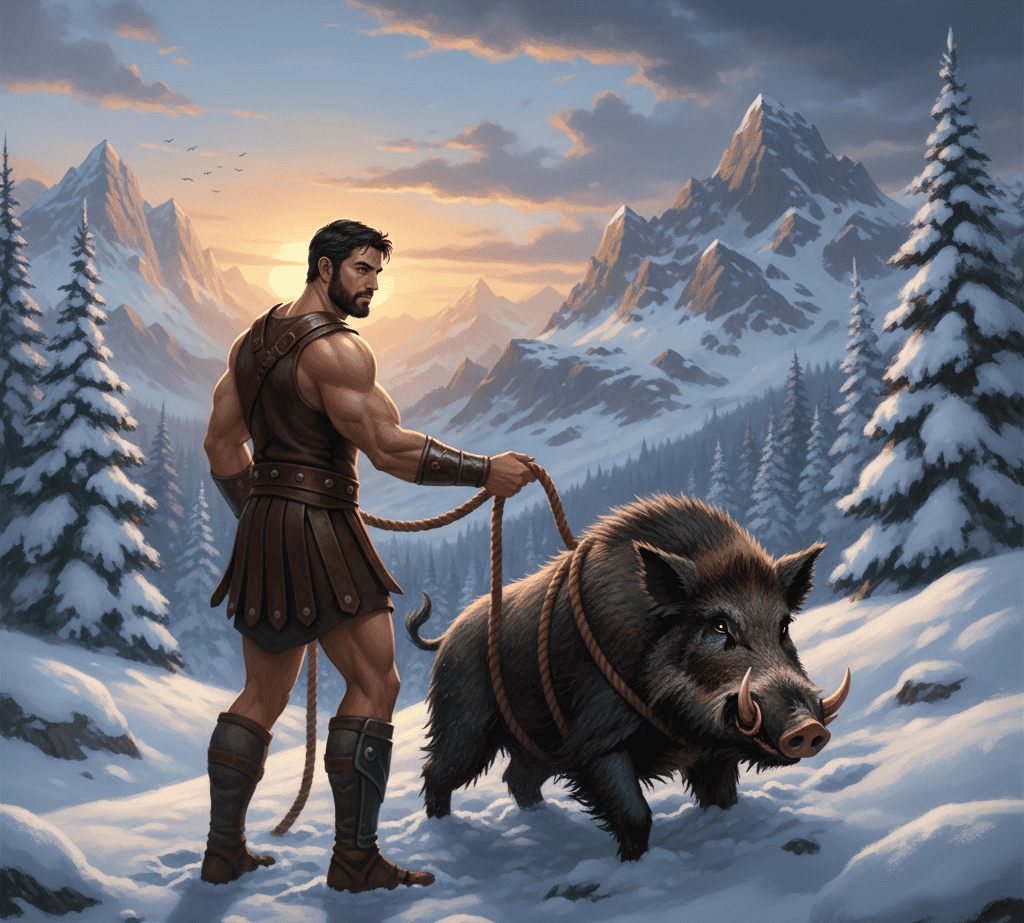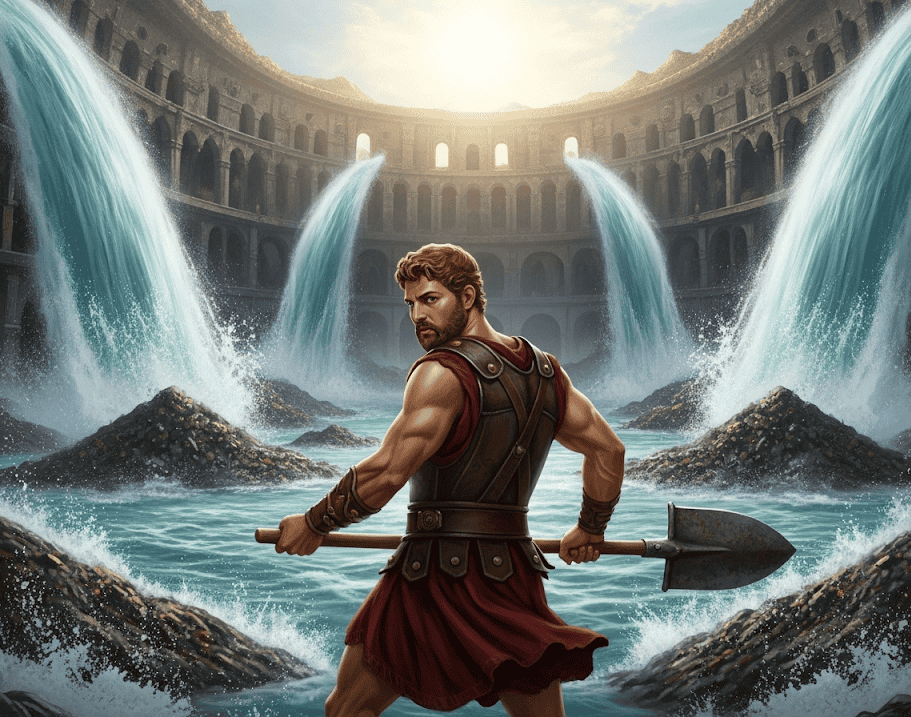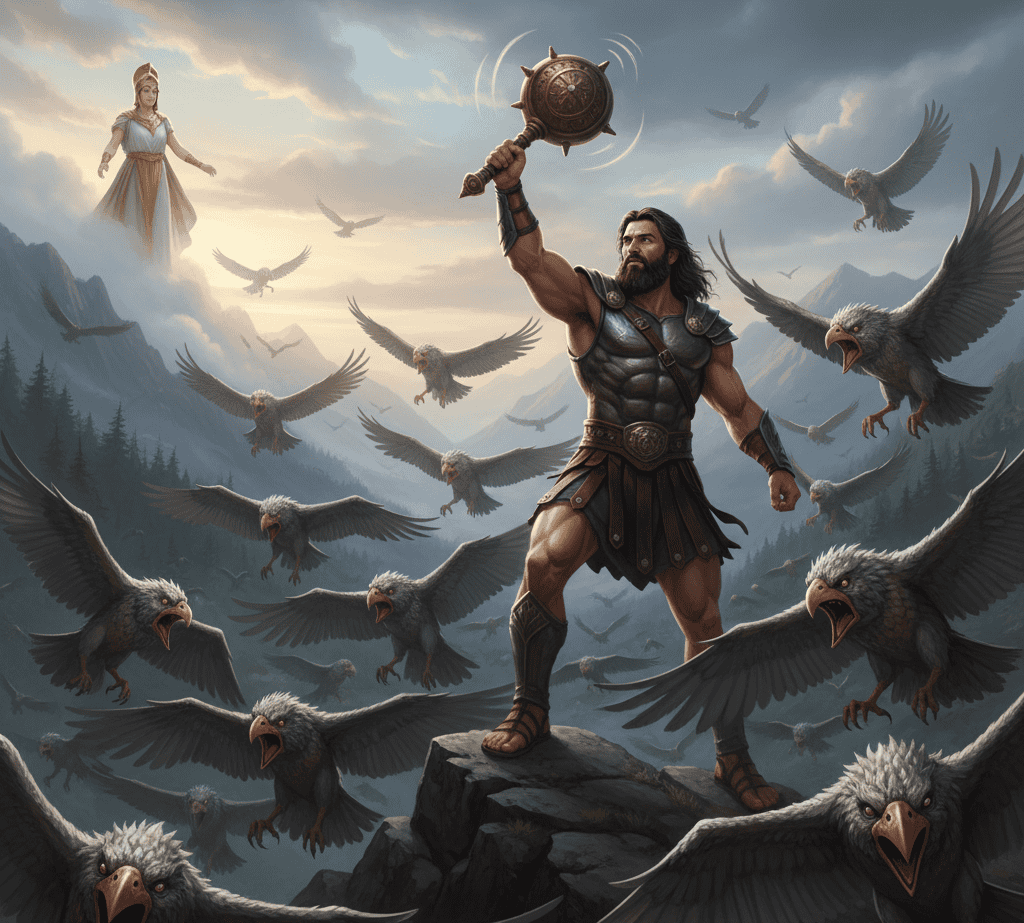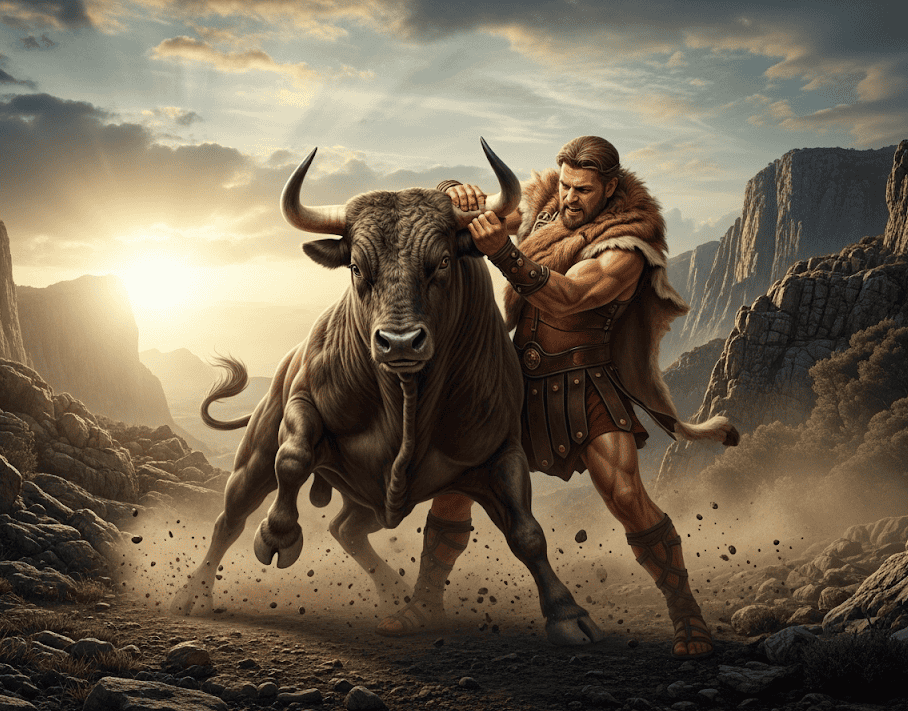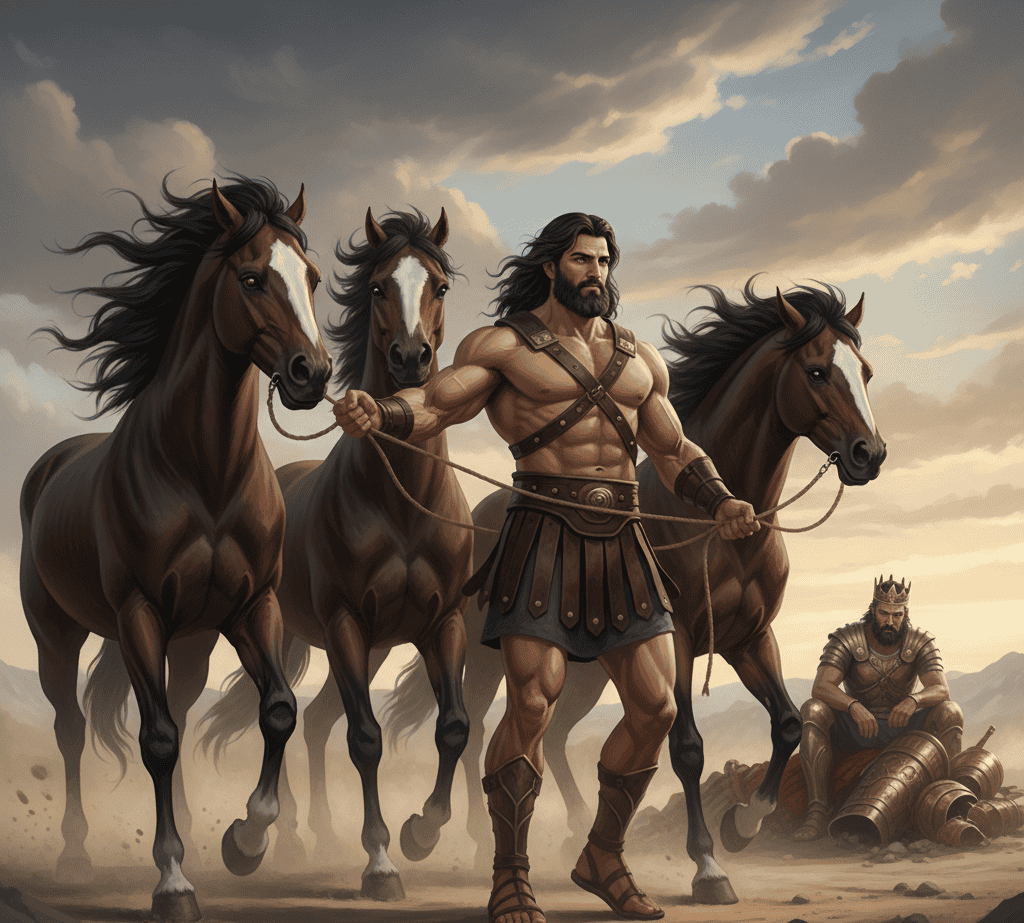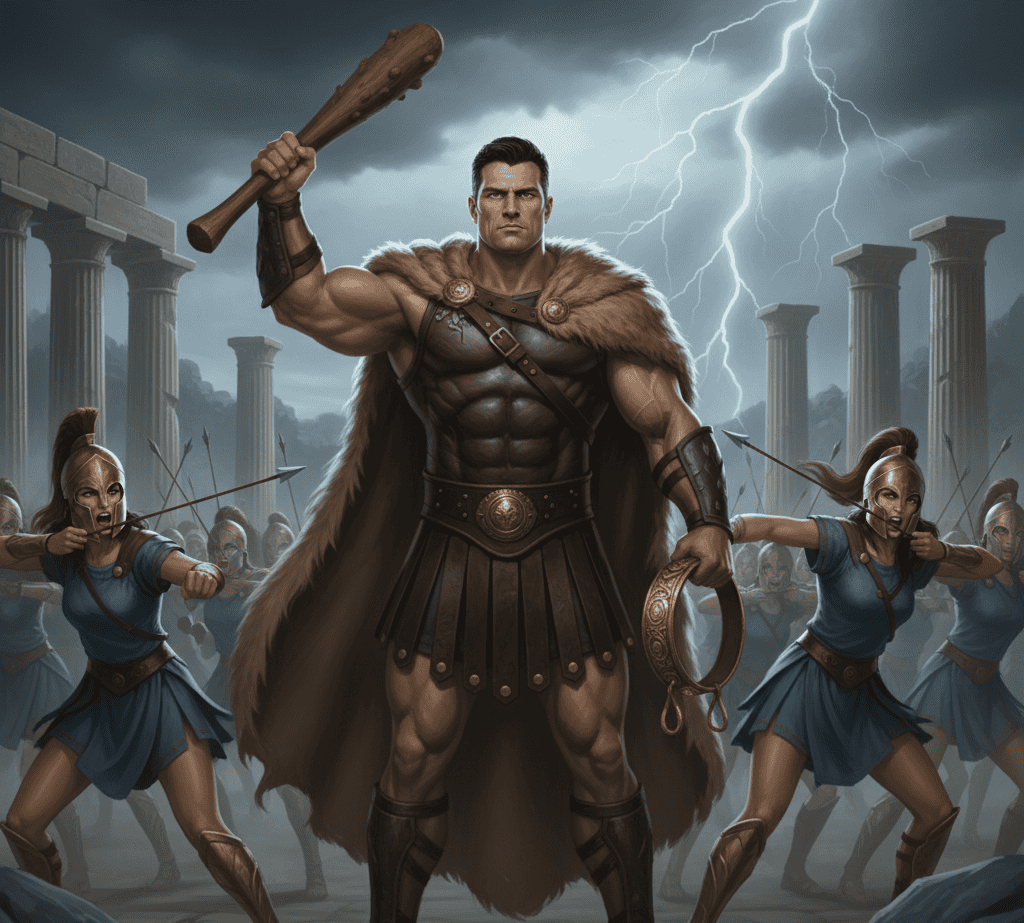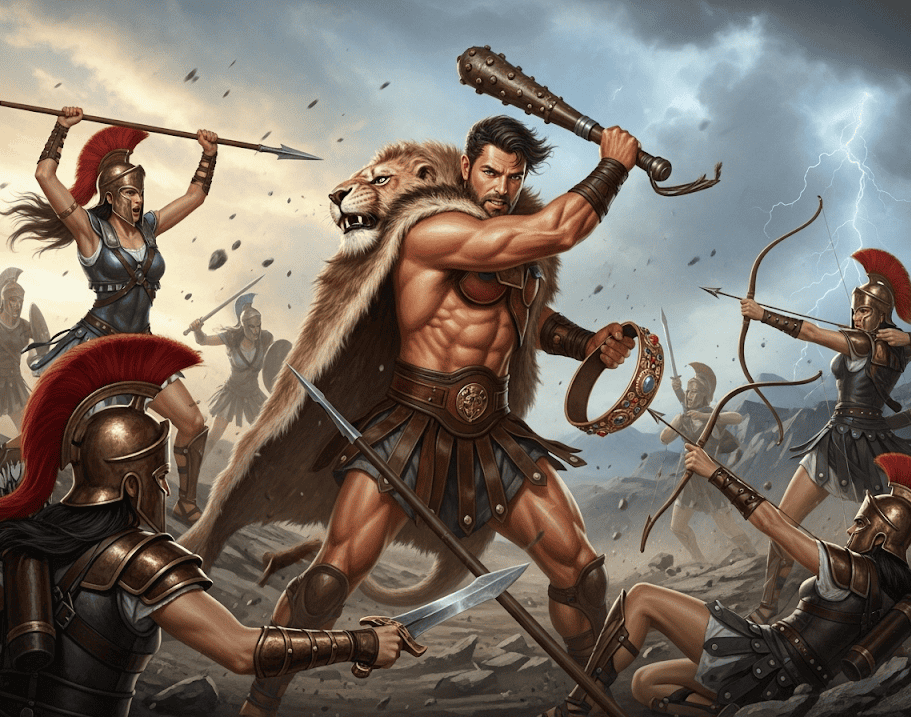The stories of Hercules are some of the most famous in Greek mythology, and there are a few good reasons for that.
Known for his incredible strength, courage, and determination, Hercules was given twelve impossible tasks to complete as punishment for mistakes he made.
These challenges, known as the Labors of Hercules, became stories that inspired people for centuries.
They are not just tales of adventure but also lessons in resilience, persistence, and the power to keep moving forward when everything seems impossible.
Each labor has its own meaning and teaches us something about how to face struggles in everyday life.
By looking at the way Hercules handled these trials, we can see how myths have always been about more than just entertainment.
They are guides for how to live, reminding us that resilience is not about never falling down but about rising up again and again.
1. Facing the Nemean Lion
The first labor was to defeat the Nemean Lion, a beast with skin so tough that no weapon could pierce it.
Hercules struggled at first, swinging his weapons without success. But instead of giving up, he adjusted his approach and used his own strength to wrestle the lion and choke it into submission.
Afterward, he wore its skin as armor, showing that he had turned a challenge into a source of protection.
This story reminds us that resilience often comes from adapting when old methods no longer work. Sometimes we need to look at our struggles differently and find strength in creativity.
2. Battling the Hydra
The Hydra was a many-headed serpent that grew two new heads every time one was cut off. Hercules realized that he could not win by strength alone.
With the help of his nephew Iolaus, he burned the stumps of the heads to keep them from regrowing. This teamwork showed that resilience does not always mean doing everything alone.
Asking for support and finding smart strategies can be just as important as physical power.
The Hydra reminds us that problems can multiply, but with patience and help, even the most overwhelming challenges can be solved.
3. Capturing the Golden Hind
The Golden Hind was a magical deer that belonged to the goddess Artemis.
Hercules had to capture it without harming it, which required patience instead of brute force.
He chased the animal for an entire year before finally catching it. This labor showed that resilience is not always about quick wins but about long-term dedication.
Some goals require persistence over time and the ability to stay focused even when progress feels painfully slow. The Golden Hind represents the strength to keep moving forward, one step at a time.
4. Trapping the Erymanthian Boar
The Erymanthian Boar was a terrifying beast that roamed the mountains, destroying everything in its path.
Hercules used the winter snow to his advantage, driving the boar into a snowdrift where it became stuck.
He then captured it alive, proving that even the wildest problems can be managed with clever thinking.
This story shows that resilience includes patience and timing. Waiting for the right moment can make challenges easier to handle.
Sometimes resilience means not rushing but knowing when to act.
5. Cleaning the Augean Stables
The Augean Stables had not been cleaned for thirty years and were filled with filth from thousands of cattle.
Hercules was told to clean them in one day, a task that seemed impossible. Instead of using brute strength, he diverted two rivers to wash the stables clean.
This labor teaches us that resilience can also mean finding innovative solutions.
It is not about breaking yourself against a challenge but about finding ways to work smarter.
The Augean Stables remind us that sometimes the biggest problems can be solved with fresh ideas.
6. Defeating the Stymphalian Birds
The Stymphalian Birds were man-eating creatures with metal feathers that they could shoot like arrows.
Hercules scared them away by using a rattle given to him by the goddess Athena, making them fly into the sky, where he could shoot them down.
This labor shows that resilience is often about using the tools we are given.
We do not always need to invent something new, but can make use of resources already available.
The birds symbolize the fears and distractions that hover over us, and resilience is learning how to scatter them so we can focus on what matters.
7. Capturing the Cretan Bull
The Cretan Bull was another wild creature that Hercules had to subdue. It rampaged across the land, and Hercules managed to wrestle it down through sheer determination.
This task was not glamorous or clever but simply required persistence and strength.
Resilience here means refusing to be worn down even when a problem feels repetitive or draining.
The Cretan Bull shows us that sometimes resilience is simply about holding on, pushing through, and refusing to quit.
8. Stealing the Mares of Diomedes
The Mares of Diomedes were horses that ate human flesh. Hercules fed their cruel master, King Diomedes, to them, which calmed the animals enough for him to control them.
This disturbing story carries a lesson about resilience in dealing with toxic forces.
Sometimes our strength comes from facing negativity head-on and removing the root cause of chaos.
Hercules’ labor shows that resilience involves making hard choices and addressing problems at their source rather than just managing the symptoms.
9. Retrieving the Girdle of Hippolyta
Hippolyta was the queen of the Amazons, and she possessed a magical girdle given to her by the god of war, Ares.
At first, she was willing to give the girdle to Hercules peacefully, but Hera, who always tried to sabotage him, spread lies that Hercules was there to harm the Amazons.
A battle broke out, and Hercules had to fight to complete his task. This labor shows that resilience is also about facing unexpected obstacles.
Even when plans seem to be working, life can throw in chaos. Resilience means being ready to adapt when others cause trouble or when situations change without warning.
10. Bringing Back the Cattle of Geryon
For this labor, Hercules had to journey to the end of the world and face Geryon, a giant with three bodies. He defeated Geryon and brought back the cattle after a long and grueling journey.
This task was exhausting and filled with obstacles, but Hercules never stopped pushing forward.
It highlights the essence of resilience, which is endurance. Even when the journey feels endless and the struggles pile up, resilience means continuing step by step until the goal is reached.

Siempre sentí una fuerte conexión con lo Divino desde mi nacimiento. Como autora y mentora, mi misión es ayudar a los demás a encontrar el amor, la felicidad y la fuerza interior en los momentos más oscuros.

